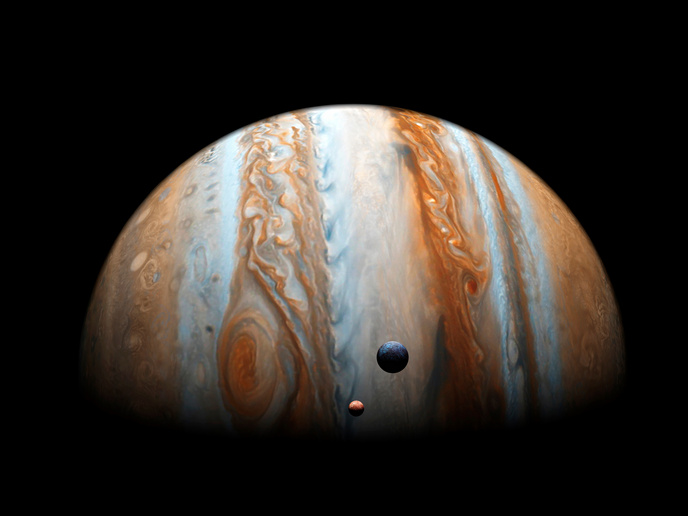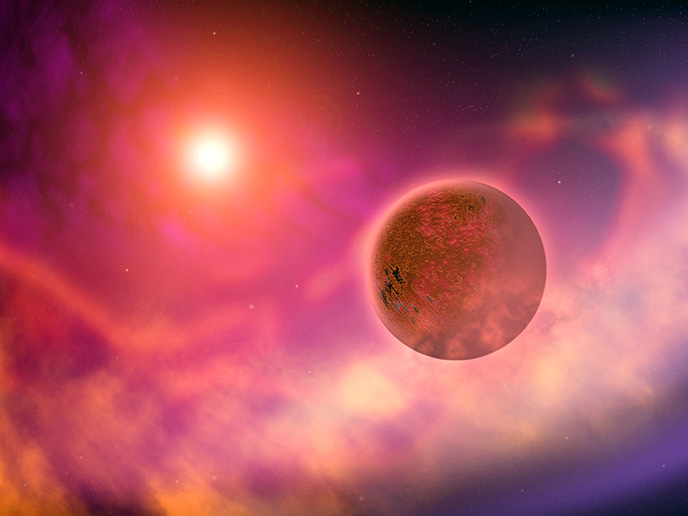Taking a closer look at those mysterious celestial bodies called exoplanets
When we think of planets, we tend to think of the eight that orbit our sun. But planets are by no means unique to our Solar System. In fact, to date, scientists have confirmed the existence of at least 5 000 planets that orbit other stars. So, what do we know about these so-called exoplanets? Remarkably little. “We know that rocky planets like Earth are abundant in the Milky Way, but we haven’t had the tools to study their atmosphere, climate, habitability, or the potential existence of extraterrestrial life,” says Ignas Snellen, an astronomer at Leiden University. But now, thanks to advancements in spectroscopy, astronomers have the ability to take a closer look at these mysterious rocky exoplanets. With the support of the EU-funded EXOPLANETBIO project, that’s exactly what Snellen did.
Nothing short of a game changer
At the heart of this European Research Council supported project is CRIRES+, a cross-dispersed, high-resolution infrared spectrograph recently installed in the Very Large Telescope (VLT) located at the European Southern Observatory in Chile. As an upgrade of the original CRIRES instrument, CRIRES+ increases the VLT’s wavelength range by a factor of 10. K is an astronomical unit of length. “CRIRES+ is nothing short of a game changer, shifting the main focus of atmospheric research from hot 1 000 – 15 000 k giants such as Jupiter to cooler 400 – 700 k planets such as Neptune and super-Earths,” explains Snellen.
A groundbreaking discovery
Using this instrument, Snellen was able to take stock of planet spin rates – a key indicator of a planet’s mass and age. He also looked at the atmospheres of cool super-Earths and determined the vertical and longitudinal atmospheric temperature profiles of hot Jupiter-like exoplanets. But the crowning achievement of this work was the first-ever detection of a minor isotope (carbon-13) in the atmosphere of an exoplanet. The ground-breaking discovery was made in TYC 8998-760-1 b, a gaseous exoplanet located 30 light years away in the Musca constellation. Although they don’t know for sure, researchers believe the carbon is the result of the planet being formed at a considerable distance from its parent star, TYC 8998-760-1, which is located about 310 light years away from Earth. “Isotope research has the potential to tell us more about how planets form and evolve, and this research is an important first step down what will hopefully be a long path of discovery,” adds Snellen.
Further investigation ahead
To give an idea of how monumental this finding is, the EXOPLANETBIO team was awarded a large block of observing time on the VLT. “We were given an unprecedented 14 nights of observation time, which we will use to further investigate carbon isotopes in a number objects, not only exoplanets, but also brown dwarfs,” concludes Snellen. The outcome of this work will form the basis of two or three new PhD theses.
Keywords
EXOPLANETBIO, planets, exoplanets, CRIRES+, spectrograph, astronomer, spectroscopy, Very Large Telescope, European Southern Observatory, isotope







